The Scottish Highlands are renowned for their breathtaking landscapes, but they are also a prime location for wildlife enthusiasts looking to spot the majestic red deer. These iconic creatures, the largest land mammals in the UK, roam freely across the rolling hills and rugged terrain, providing a spectacular sight. In this article, we’ll explore why the Scottish Highlands offer unparalleled opportunities to observe red deer in their natural habitat.
Rich Biodiversity and Natural Habitats

The Scottish Highlands boast a rich tapestry of ecosystems that support a diverse range of wildlife. The varied landscape, which includes dense forests, heathlands, and open valleys, provides ideal conditions for red deer. The abundance of natural habitats allows these deer to thrive, making the Highlands a prime location for wildlife observation.
Unique Characteristics of Red Deer
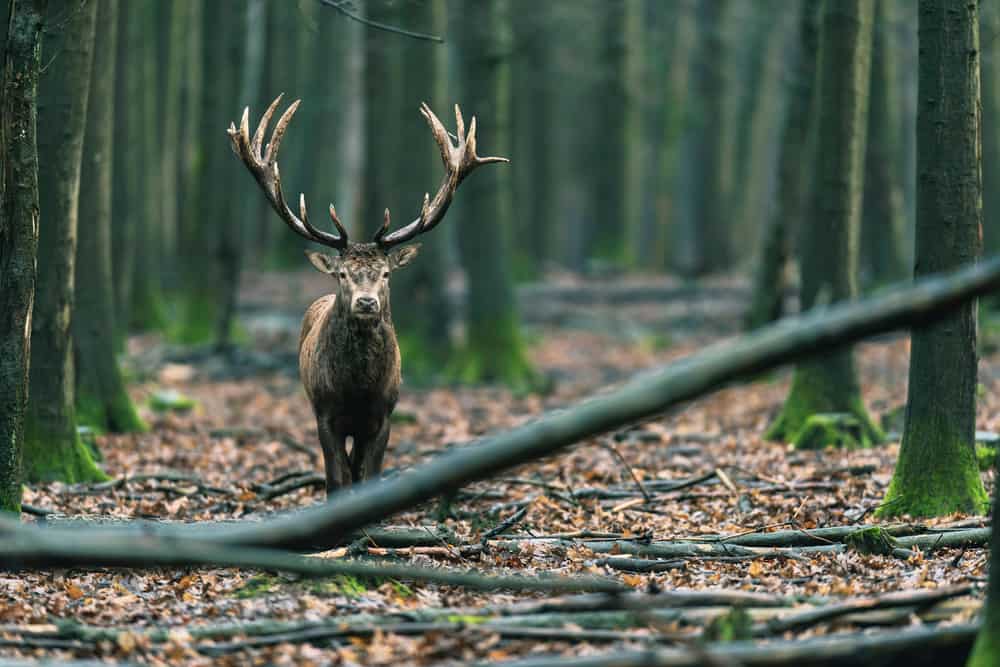
Red deer are one of the most iconic species in the UK, recognizable by their impressive antlers and reddish-brown coats. Males, known as stags, can weigh up to 190 kg (420 lbs) and have antlers that span over a meter. These antlers are shed and regrown annually, showcasing the deer’s maturity and health. Their majestic appearance makes them a much sought-after subject for wildlife photographers.
Behavior and Seasonal Movements
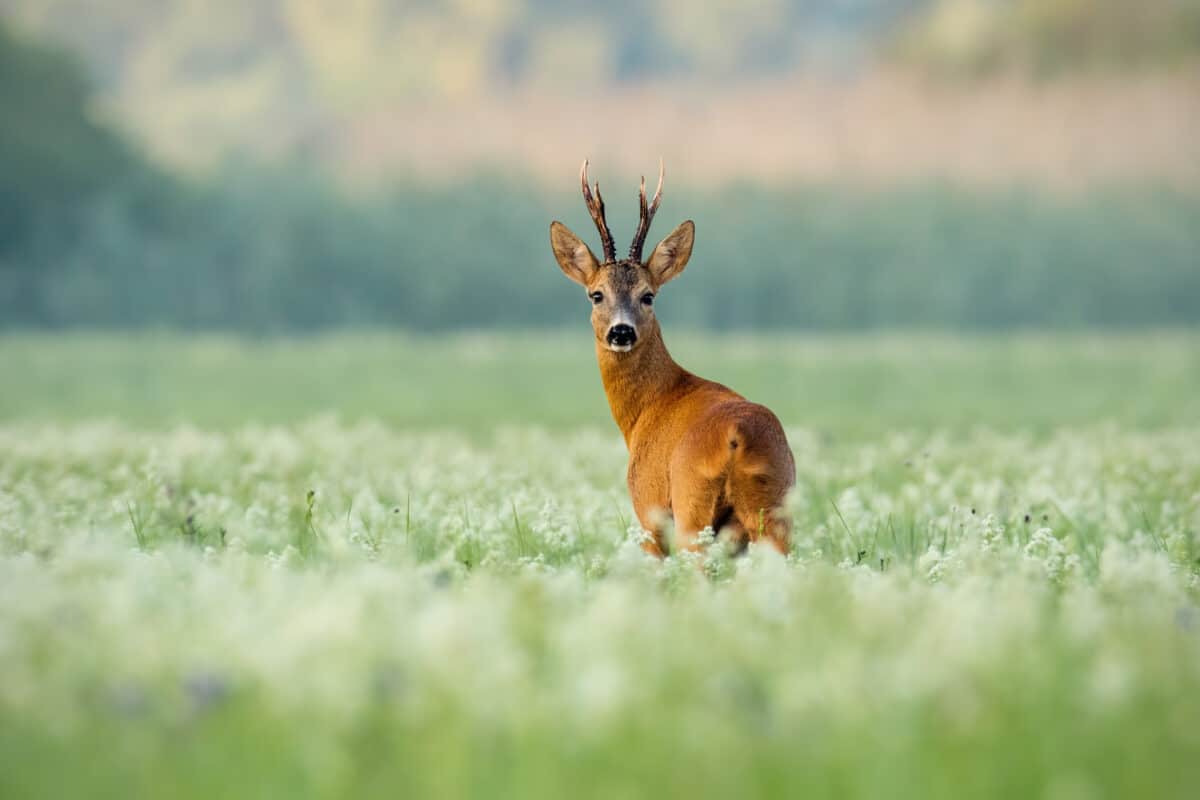
Red deer exhibit fascinating behaviors, particularly during the rutting season. From late September to November, stags compete for the attention of females, engaging in dramatic battles and emitting roars. Outside of this season, red deer can be seen in smaller groups led by dominant stags, showcasing a social hierarchy that is intriguing to observe.
The Role of Conservation Efforts
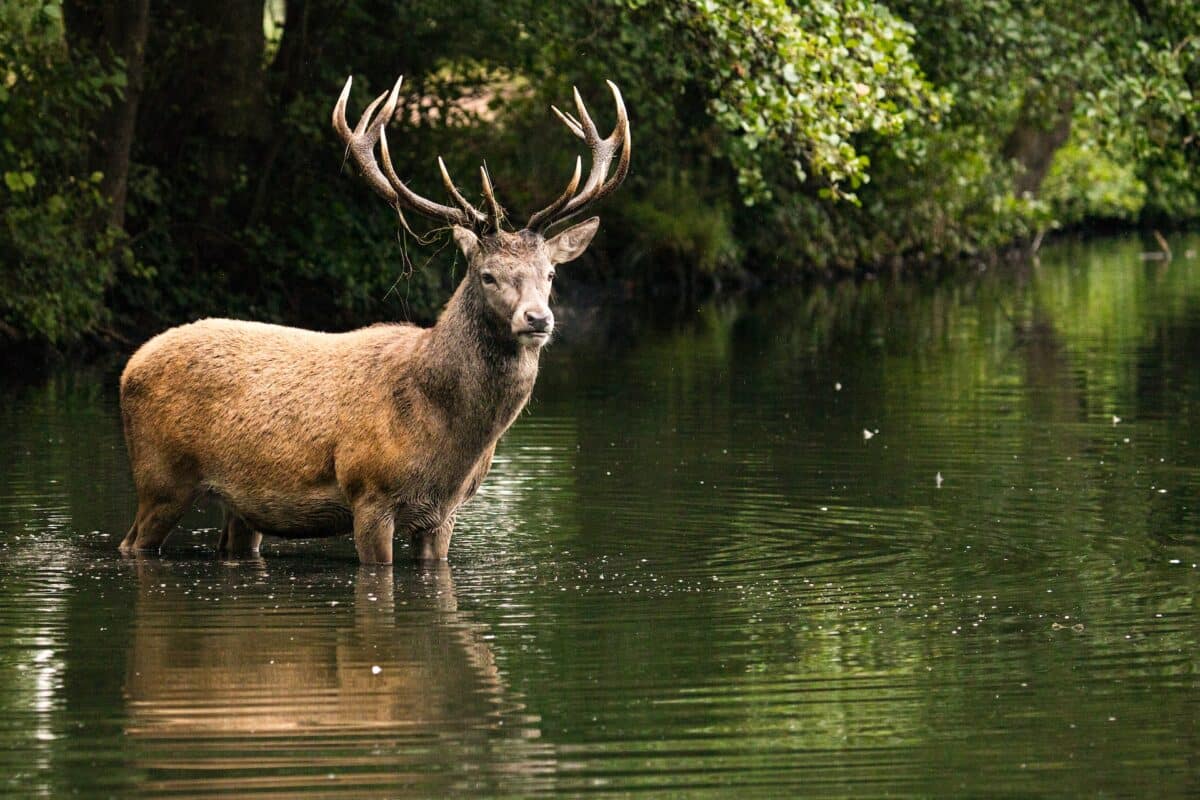
Conservation efforts have played a crucial role in maintaining healthy populations of red deer in the Scottish Highlands. Initiatives focus on habitat management, controlling deer populations to prevent overgrazing, and monitoring their impact on the ecosystem. These efforts ensure that red deer remain a vibrant part of Scotland’s natural heritage.
Best Times of Year for Observing Red Deer

While red deer can be spotted throughout the year, certain seasons offer unique viewing opportunities. Autumn is particularly captivating due to the rutting season, while winter offers the chance to see red deer against a snow-covered landscape. Spring and summer provide a glimpse of young calves and the regrowth of antlers, highlighting the deer’s lifecycle.
Prime Locations Within the Highlands
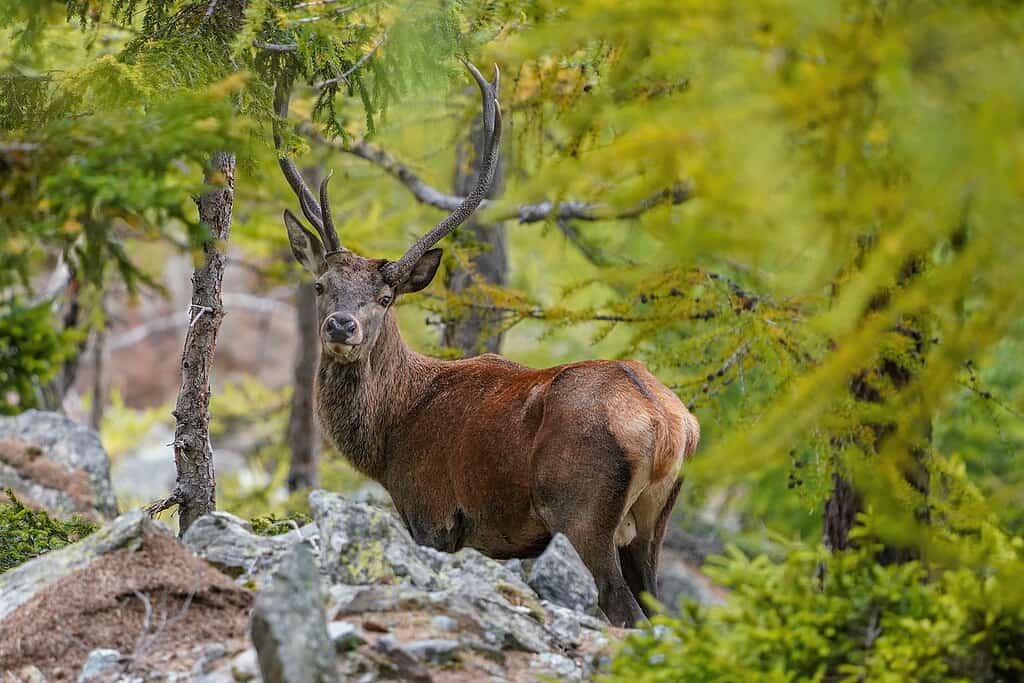
The Highlands offer numerous hotspots for red deer sightings. Glen Etive, Glenfeshie, and the Cairngorms National Park are popular areas where these magnificent animals can often be seen grazing. Additionally, the Isle of Rum is known for its significant red deer population, offering a more remote and tranquil setting for observation.
Impact of the Landscape on Red Deer Populations
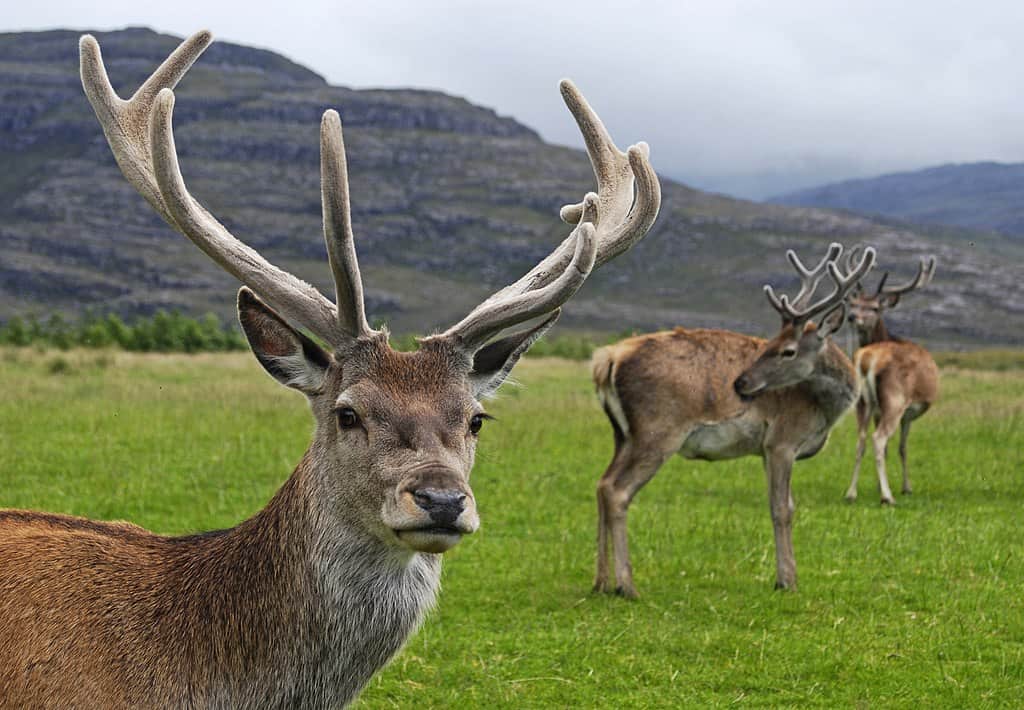
The diverse and challenging landscape of the Highlands influences the distribution and behavior of red deer. The terrain provides natural protection from harsh weather and predators, allowing them to establish stable populations. The diversity in elevation and vegetation across the Highlands ensures ample food sources and shelter for the deer.
Wildlife Tours and Ethical Viewing Practices

Wildlife tours in the Scottish Highlands provide guided experiences to observe red deer respectfully and ethically. Knowledgeable guides often offer insights into the deer’s habits and ecology, enhancing the experience. Ethical viewing practices emphasize maintaining a safe distance to avoid disturbing the animals, ensuring their continued wellbeing.
The Educational Value of Red Deer Observation

Watching red deer in their natural habitat is not only an awe-inspiring experience but also an educational opportunity. Observers can learn about the deer’s role in the ecosystem, their behavior, and the importance of conservation efforts. This enhances public appreciation and understanding of wildlife, fostering a connection with nature.
The Economic Impact of Wildlife Tourism
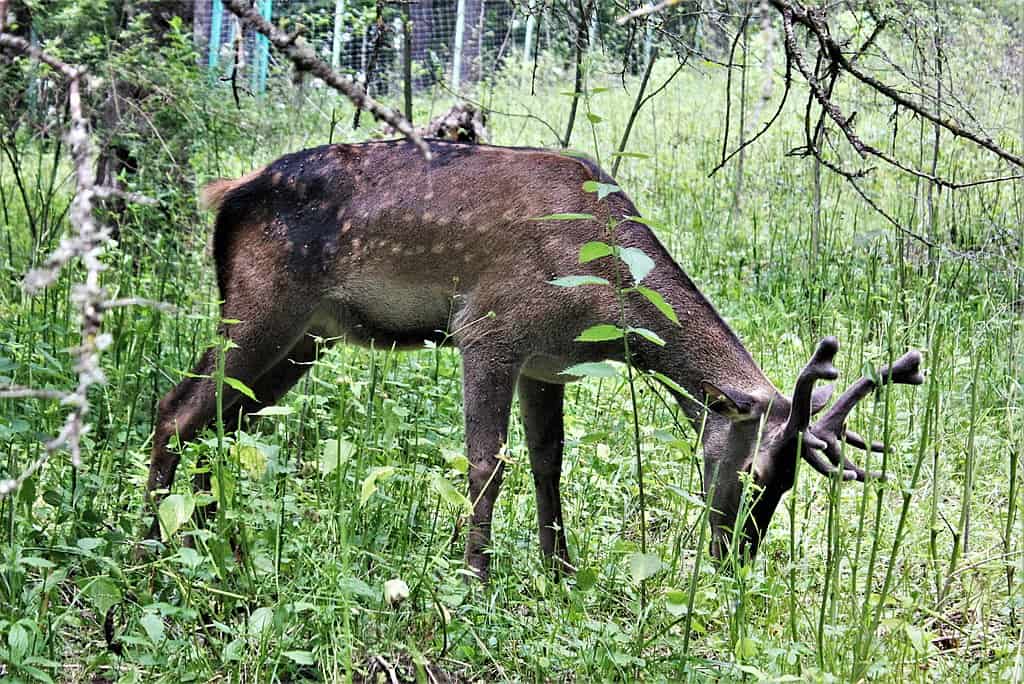
Wildlife tourism, including red deer observation, contributes significantly to the Scottish Highlands’ economy. Visitors worldwide flock to the region, supporting local businesses, accommodations, and guided tour operators. This economic support underscores the importance of balancing tourism with conservation to protect natural habitats.
Challenges Facing Red Deer Populations

Despite their stable presence, red deer populations face challenges such as habitat loss, climate change, and human interference. These issues necessitate ongoing conservation measures to ensure their future. Sustainable land management practices and public awareness campaigns are vital in mitigating these threats.
Modern Research and Scientific Studies
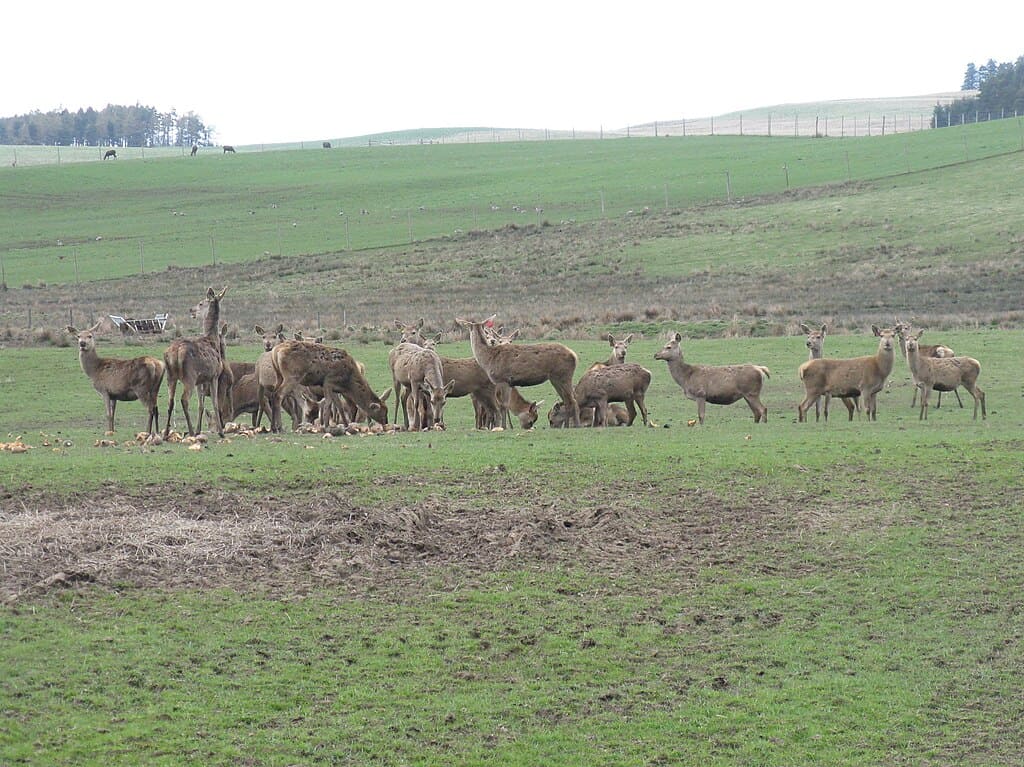
Continuous research and scientific studies on red deer in the Highlands provide valuable insights into their behavior, genetics, and ecology. These studies inform conservation strategies and offer data that shapes how humans interact with and manage wildlife, ensuring the species’ long-term preservation.
Conclusion
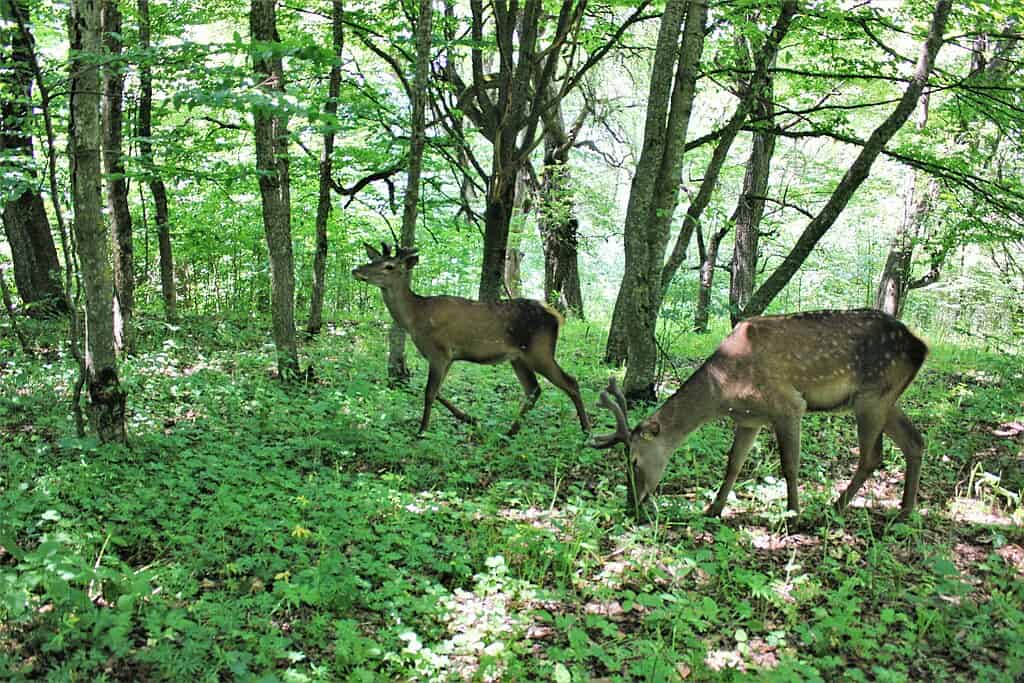
In conclusion, the Scottish Highlands offer unparalleled opportunities for observing red deer, thanks to their diverse ecosystems, conservation efforts, and scenic landscapes. The chance to witness these magnificent creatures in such a breathtaking environment is both an educational and unforgettable experience, emphasizing the region’s importance for wildlife tourism and conservation.
- 14 Parasites That Control Their Hosts - August 24, 2025
- The Most Gigantic Whale Ever Recorded And How Big It Was - August 24, 2025
- This Birds Mimicry Skills Are So Good It Can Fool Predators - August 24, 2025

